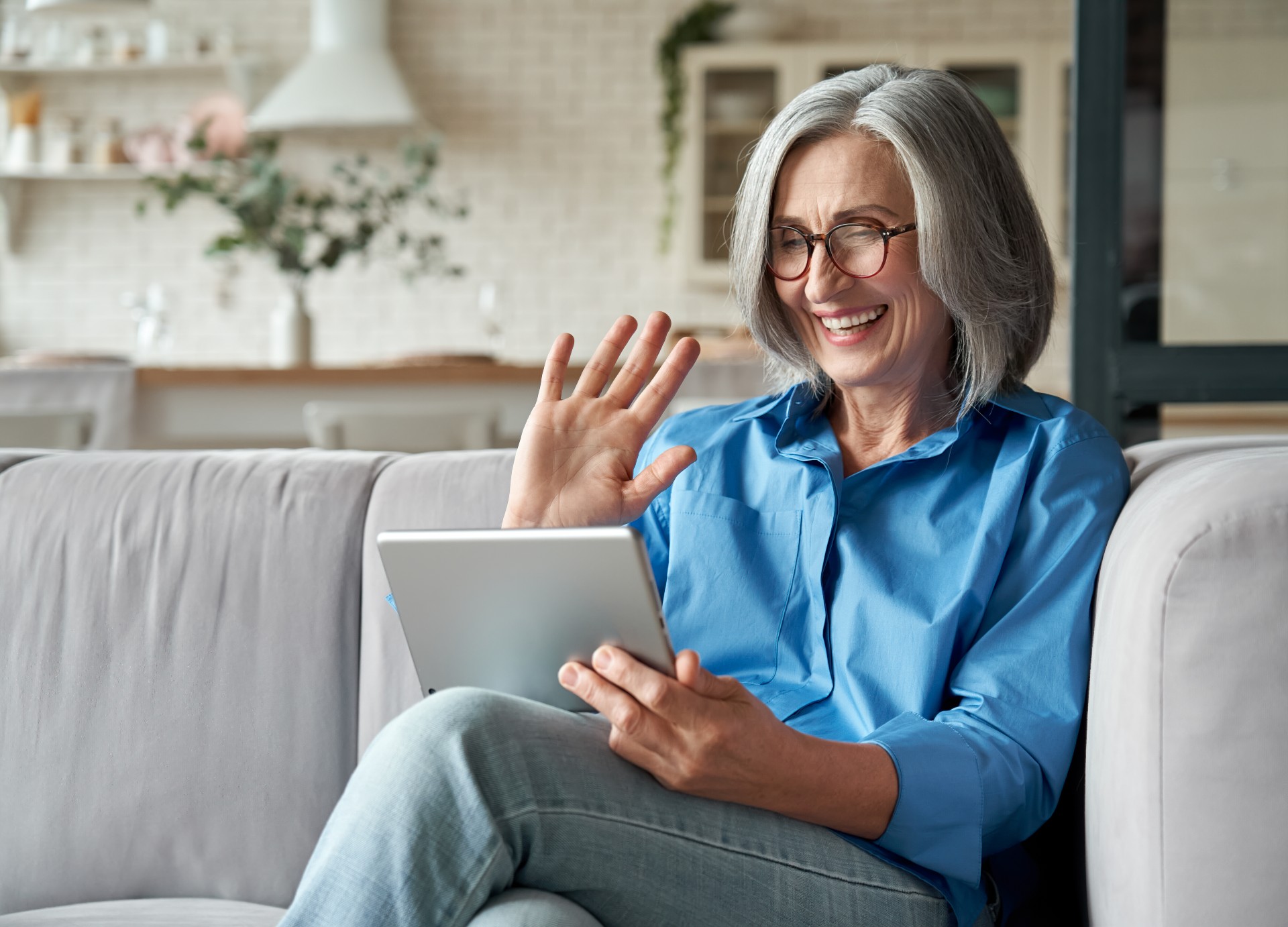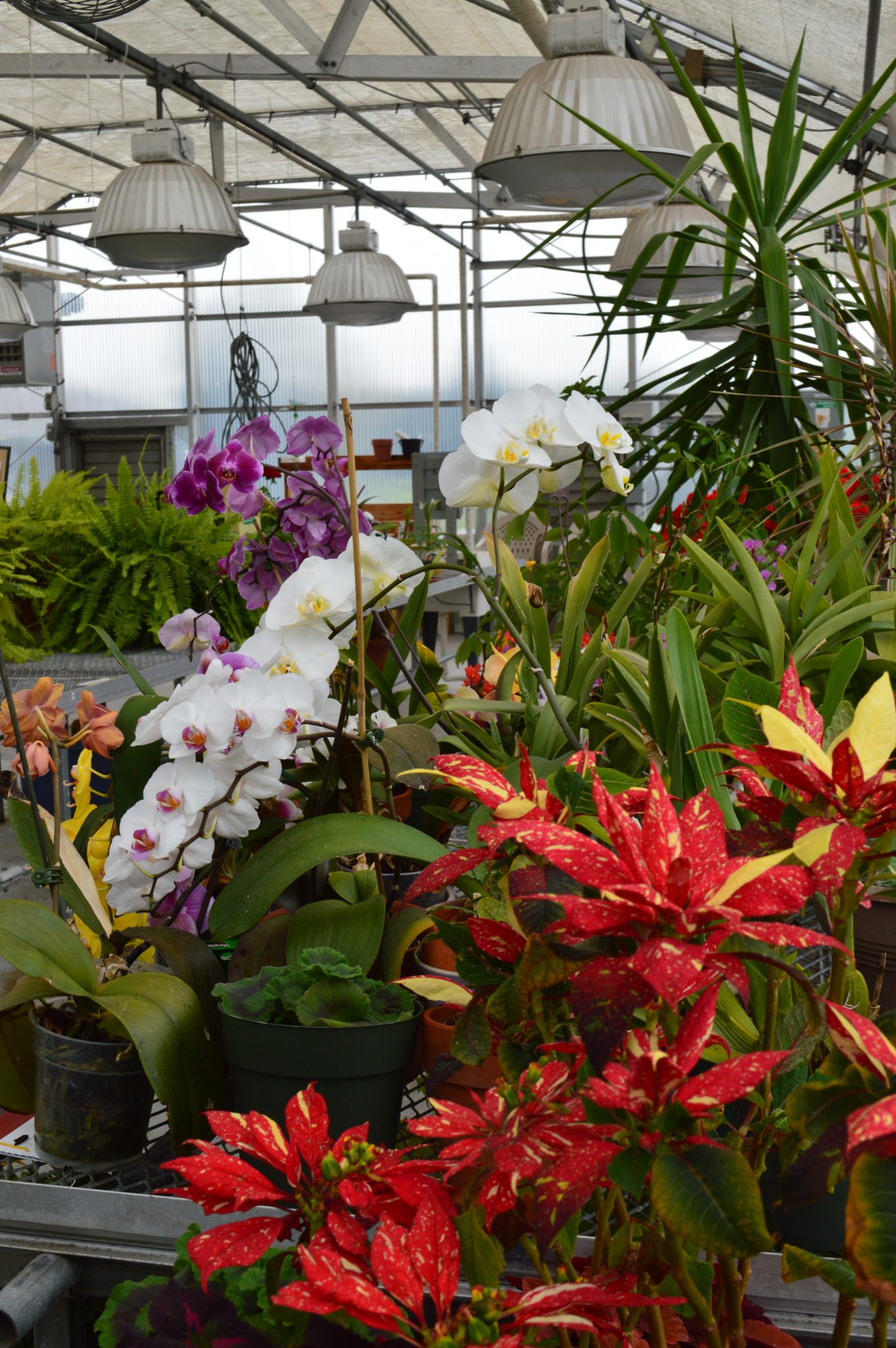Technology Helps Seniors Age in Place
February 13, 2023
There’s a persistent myth that seniors can’t or won’t use digital technology. The trope is everywhere, with endless cartoons and jokes. Grandpa can’t use email or granny thanks Google when she asks a question. But, like most myths, the truth is very different. Our aging population not only understands the benefits of technology, they’re adopting it when it proves useful, easy to use, cost-effective and relevant to their needs.
According to a 2020 survey by Google and Known:
- 87% of seniors go online to manage their finances
- 86% of seniors who use the internet spend up to six hours per day on it
- And this group owns an average of five devices
- 82% of “digital seniors” use their smartphone every day
- According to PEW Research, 85% of those aged 70-74 own a smartphone
- And among those aged 90-94, 67% own a smartphone
- 73% of this senior users turn to digital technology to improve their health and wellness
Surprised? You shouldn’t be. If you are 65 years old today, you were 39 years old when Google was founded. And you were 31 years old when the first internet browser was introduced. And when Apple ran its iconic 1984 Macintosh commercial, you were just 26. (You probably still get chills watching it on YouTube.) So, today’s seniors have been adopting and using technology during their most productive years. That’s why they’re turning to technology to help them age in place and live independently.
Aging in Place Technology
Whether you live in the family home or enjoy maintenance-free independent living, technology offers smarter solutions to help you age in place.
Smart-home devices make life more convenient, safer and easier. Voice-controlled smart speakers, video doorbells and smart home sensors provide assistive technology to users with vision or mobility challenges. When paired with an integrated virtual assistant like Siri or Alexa, these devices do more than provide audio content (music, weather reports, daily jokes or recipes) or communicate with other devices. These devices give users the ability to call for help in the case of an emergency without needing a phone.
Fellowship Connected Living powered by Livindi takes smart-home devices one step further by using non-intrusive smart-home sensors to deliver real-time updates on daily life. This data is collected and shared with the family and caregivers via an easy-to-use app. These sensors report if a door is left open, the indoor temperature is above or below comfort levels or details about other factors so help can be summoned quickly.
Smartphones are one of the most popular pieces of technology helping people age in place. Did you know that 91% of those aged 65-69 own a smartphone? Would it surprise you to learn that 67% of nonagenarians have one too? Pew Research reports 95% of those aged 18-49 use a smartphone. The Baby Boomers and Silent Generation are catching up; these two groups have an average usage rate of 83%. They’re using their phones to chat and text to strengthen their ties to family and friends. They may be shopping online more often, but picking their purchases up at the curb.
The Fellowship Connected Living powered by Livindi has an app connecting the extended family and caregivers. Each family has a private network to discuss care needs, connect with one another in order to share in care decisions, and receive the same information simultaneously.
Digital devices that entertain, inform or connect are most popular, Smartphones, smart TVs and earbuds or Bluetooth headsets are the top three purchases of the independent living audience. According to a Leichtman Research Group study in 2021, 43% of all TVs are smart TVs in the US. But among seniors, 55% own at least one smart TV.
Among aging Boomers , 70% are using video chat. They’re using their smartphones to order groceries and prescriptions, make health and fitness appointments, or for telehealth visits. And those aged 70+, 53% prefer their tablet over another device. Nearly 70% of this group say they use it daily. That’s one of the reasons why the Livindi tablet is an integral part of the Fellowship Connective Living. The tablet offers one-touch video calls, access to a full content library, and tele-health visits.
Aging in place is a goal for 77% of people age 50+ according to AARP. The right digital technology can make that dream a reality. Whether you’re an adult child concerned about your aging parents or an active resident in independent living, call us today at 908-580-3869 to ask how Fellowship Connected Living can help you achieve your dream.




